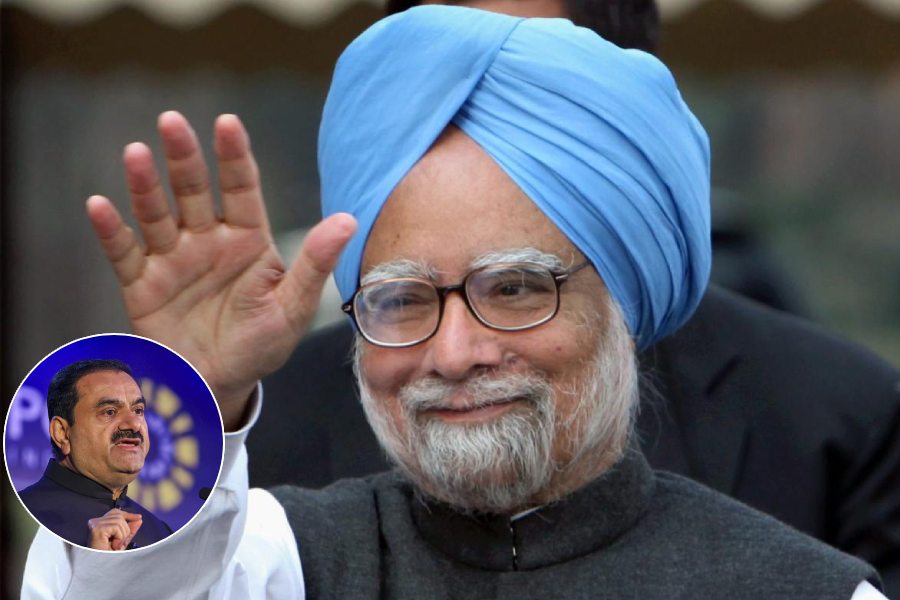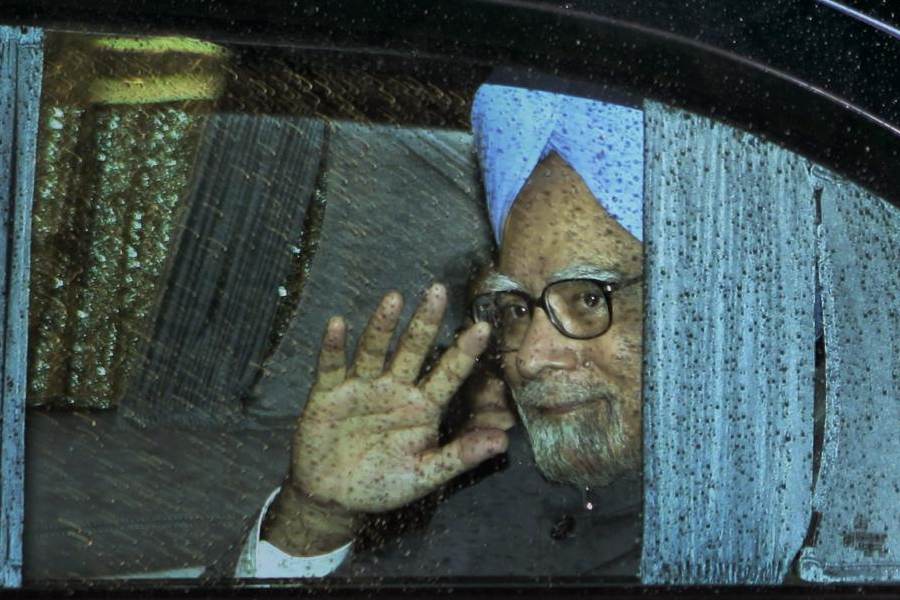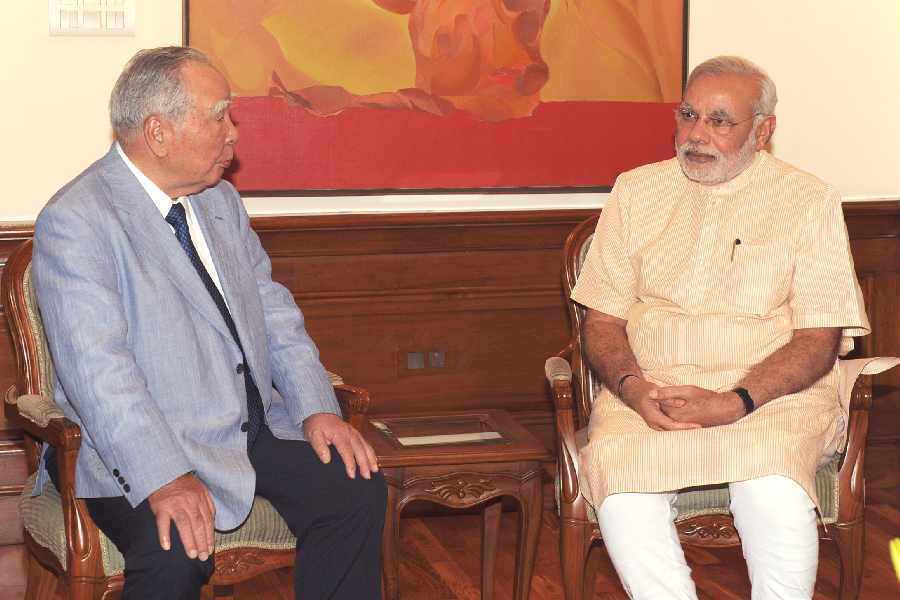Sal was 58 when I was assigned his case. Sal had been diagnosed with cystic fibrosis in the 1960s and was considered an old survivor; all his friends who had been diagnosed at the same time, including his younger brother, were dead.
I was 21, a few weeks out of college and one of the youngest students in my medical school class.
On the day of our first appointment, I stood waiting for Sal on the freshly buffed floor of our hospital’s clinic lobby, fidgeting with my white coat and trying to hold my clipboard in a way that looked natural.
My phone buzzed: Sal. This week was terrible, he said, because he had caught a cold.
As we talked, I learned that colds are a major concern for people with cystic fibrosis; for many it is the cause of death. “I’m stressed out,” Sal said, adding an expletive. I asked if instead of trying to ride this out himself, he might let a doctor help him. He was reluctant but eventually agreed to come to the clinic.
Sal, I was learning, was what medical people call a “difficult patient”, the kind doctors tend to avoid. I watched him quiz his new doctors to see if they had read his chart carefully. How many of the bacteria species that colonise the lungs of cystic fibrosis patients could they name? He rewarded correct answers with even harder questions about local antibiotic resistance patterns. If the doctor said he or she didn’t know, Sal glared quietly; if he or she made up an answer, Sal was merciless.
After Sal’s appointments, I stayed behind with the doctors who were discussing his case. They set aside their medical differences of opinion and found solidarity in complaining about him: did he have any idea that everyone else waited graciously for whoever was available, while he demanded a new doctor every other visit?
The next year of medical school I went from being an observer to having patients of my own in the hospital. My job was to write medical to-do lists for each patient, covering every organ system. I learned a 21-point inspection of sorts to troubleshoot each malfunctioning part, as if my patients were machines in a body shop.
My supervising doctors showed me how to set the rates at which my patients’ kidneys produced urine and their lungs expelled carbon dioxide. They made these decisions quickly, with little self-doubt. Hormones, fluids, wires, tubes, sedatives, paralytics, the bone’s ability to remodel, the heart’s strength to contract — I was responsible for all of these things and had limited time to make all these plans. Don’t worry, I was told, we’ll start you with easy patients.
One such patient was a man who needed emergency surgery to remove an oxygen-starved section of his intestines. The remaining segment was brought through his skin and stitched beside his belly button, a plastic bag taped around the opening where stool now left his body.
When I woke him up before dawn to examine his wound, he did not resist or chide me for my cold hands, as Sal would have. He didn’t challenge the plan or ask follow-up questions. Rounds on him never took more time than I had allotted. My colleagues were right: he was an easy assignment for a medical student, because he was a shell of a person.
That summer, I visited Sal’s house in South Philly, and he took me for a drive in his yellow Viper. “The great thing about not having kids is all the disposable income my wife and I have for fast cars,” Sal said. (Male cystic fibrosis patients lose the ducts that enable sperm to be ejaculated, rendering them infertile.) We sped along back roads to his favourite restaurant.
On the mantel of Sal’s home were photos of him and his younger brother. Next to these was a pile of medical binders. Sal kept daily records of his lung function, his muscle strength and his respiratory symptoms, compiling statistics monthly and yearly. He did this manually, before the advent of FitBits and Apple Watches. He also collected clinical trials and review articles on cystic fibrosis. Sal was on his third 5-inch binder.
The doctors made fun of Sal’s tomes and took bets on who would be expected to wade through his thousands of pages in 30 minutes the next month. I thought of the meticulous attention to his disease that these binders embodied. How absurd that this asset was perceived as an albatross. It was my first lesson in recognising patient qualities that benefited their health but not the doctor’s workflow.
Sal did not bring his binders to his next appointment. They were becoming too cumbersome, he said, so he had started to simply jot down any crucial notes.
By now I was almost done with medical school. Sal and I continued to email back and forth. Then one day my email to Sal bounced back, because he had died.
Now I am the speed-walking supervisor asking my medical students to provide a one-line simplification of a person’s suffering. My focus is on which diagnoses would be most dangerous to miss and how behind I am with my other patients. I often tune out the personal stuff.
Modern medicine has trained me and my fellow doctors to pin patients down, like beetles to be examined on a bulletin board. Their free motion impairs our efficient taxonomy of them.











